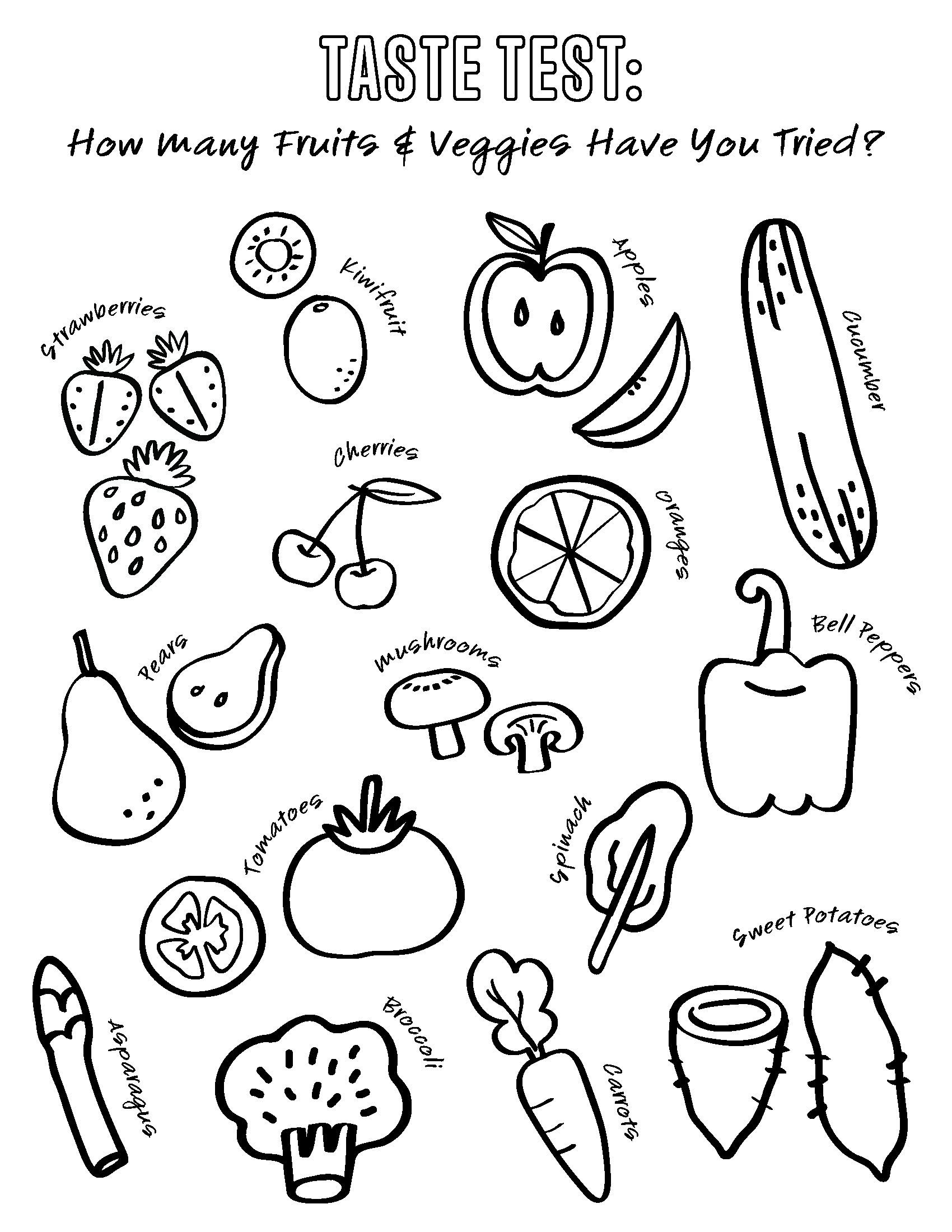Show, don’t tell is the first step
Talking to your kids about nutrition is just one of many subjects and lessons parent-teachers get to cover in the School of Raising Healthy, Happy Kids. You know the importance of eating foods that feed your body well, but how do you help your kids to buy into good nutrition so they’ll eventually put it in to practice for themselves?
OhioHealth dietitian Marlys Sloan, MS, RD, LD, shares ideas for how to talk to and teach your kids about eating well so it becomes a way of life for them, too.
1. Let Your Actions Lead the Way
When it comes to talking to your kids about good nutrition, you’re wasting your breath if you don’t back up what you say with what you do. Being a good role model is your long game. Growing up in a household where choosing and enjoying healthy food is the norm sets the stage for building healthy habits when it comes to choosing foods that feed the body well.
2. Offer Chances to Learn
You don’t have to go it alone. You can team teach by enlisting help from other experts. Take advantage of online resources such as choosemyplate.gov and Kids Corner at nutrition.gov. Watch cooking shows with your kids, take a cooking class together, research recipes online.
Wander those healthier, outer aisles at the grocery store together and talk about why you try to do most of your shopping there. Visit the farmers market where they can see and touch fresh foods and talk to someone who grew it. Head to the kitchen together and make a healthy version of your child’s favorite food, talking about what makes it healthy and what it does for their body.
3. Grow the Good Stuff
Home-grown food tastes better because it is! Show your kids how fun — and satisfying — it is to grow their own healthy grub. Foods like tomatoes, lettuce and herbs are all easy to grow, and you don’t need acres of land to bring the goodness of fresh food to the family table. Pots, window boxes and small plots are enough to bring out the farmer in your child.
4. Make Meals a Priority
Family meals are a perfect set-up for conversations about good nutrition. Eliminate distractions like the television and phones and focus on the family and the food you’re enjoying. Talk about taste, smell and texture, even what it sounds like to eat different foods. Let them express what they don’t like along with what they do.
5. Make Them Part of the Team
The more you can involve your kids in the different aspects of eating a nutritionally healthy diet, the more likely they’ll make it a habit for themselves. Include them in meal prep, washing and cutting fruits and vegetables, stirring food as it cooks — it’s a good time for in-the-kitchen safety lessons, too — and setting the table. You’re not only teaching them valuable skills, they’re earning a sense of accomplishment from playing a part.
6. Practice Mindful Eating
Good nutrition isn’t just about eating healthy foods; it’s also about feeding your body what it needs. That means teaching your kids to recognize when they’re hungry and want to eat versus bored or upset and think they want to eat. If your child is hungry, she’ll gladly bite into her favorite healthy snack, like an apple. It also means ditching the “clean plate club,” in favor of letting your kids determine how much they’re going to eat.
Sloan says to remember that teaching kids about good nutrition takes time.
“You don’t have to be perfect; in fact, you’re not going to be perfect,” she says. “Just keep teaching by example and celebrate the small victories.”
Do you have a veggie veteran in your family? Or a fruit fledgling? To bring a bit of fun to trying new foods, we’ve put together a taste test for the little ones. Print the activity sheet below and have them color in the fruits and vegetables they’ve tried – and then make plans to introduce new ones in the weeks ahead! Enjoy!






